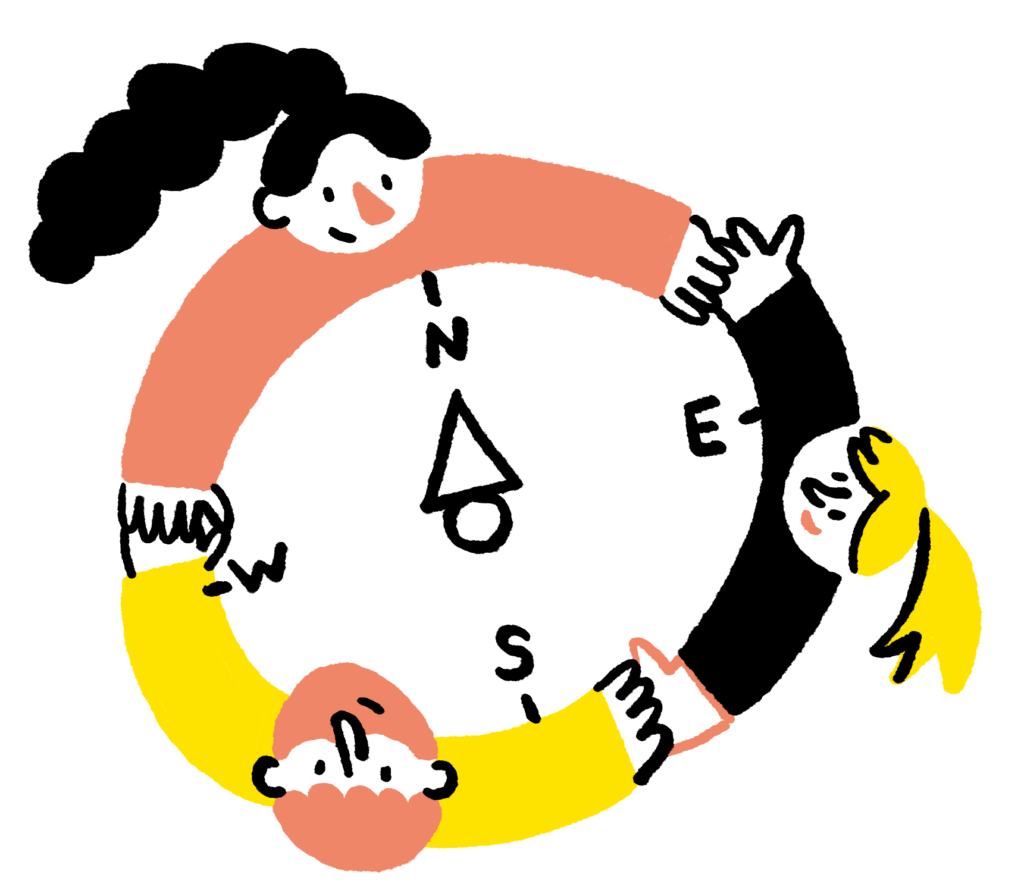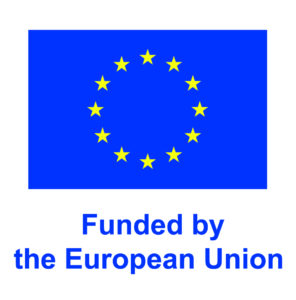Issuing press releases about the biggest investigations, writing promotional messages and choosing the most appropriate hashtags, being in touch with journalism festivals or research organisations that could help promote the team’s work – these are some of the things on the to-do list of Federico Caruso, the impact and syndication officer of the European Data Journalism Network (EDJNet) and the core team keeping this collaboration running.
EDJNet includes media outlets from 22 countries who work together on data stories in several languages, which can then be republished for free. The network also provides access to original data sets and tools. Coordinated by a small operations team within OBC Transeuropa, a think tank focused on South-East Europe, Turkey and the Caucasus, EDJNet has produced data investigations on the major issues affecting European countries, including wildfires, femicides, digital rights.
To better understand how EDJNet has grown since it was launched in 2017 and what makes it sustainable, I asked Caruso about his role and about the collaborative process his team is facilitating.
The interview below is edited for length.
Directory Editor: Since the network started, what were some key points in the subsequent growth?
FC: At the beginning, we were eight members and now we are 33 from 22 countries. We’ve grown in terms of numbers and also geographically speaking, now we cover almost all of Europe. We still miss a few countries from Scandinavia and the Baltics.
We were able to be more collaborative, not just in name. In the first years of the project, we tended to work mostly on single articles and, from time to time, to try to have a bigger investigation or data analysis published. But then it was mainly one partner working at a time, maybe two or three sometimes. We developed things more or less autonomously, then we shared what we have produced and see if other partners are interested in using it.
For at least two to three years now, we started to develop what we call data units. There are moments in the year when we meet and plan for the months ahead. That is when we throw in new ideas or approaches that we want to test. Once we have a few big topics, we see who is interested in actually collaborating.
There is always one member leading the data unit, but several others contributing to different extents. It could be collecting data for their own countries, circumventing the problem of translation. Or it could be providing skills that the leader doesn’t have, or other angles. So we definitely started to produce things that have a stronger collaborative side. And it’s easier and easier to be mentioned, to see our content reused, our data republished.
In the beginning, we struggled to be known and recognized, even within the data journalism community in Europe, which was way smaller than now. And now the community is growing and it happens more and more that organizations or individuals contact us and propose a collaboration, or ask for ways to be in touch.
Editor: How do you, the core support team, work together with the particular data units or data leaders for the duration of their project?
FC: We give consistent autonomy to the partners to work together. Once the data unit is set, they have regular meetings only among the data unit, parallel to the ones we hold monthly with all partners. We at OBCT take part in these meetings to check how things are going, to see where we can help, or have them take decisions etc, so we supervise discreetly but we are always present in the development of the investigations.
Once we have all the data units more or less in mind, we try to decide deadlines, balancing between the needs of the network and the needs of partners. This is tricky because as a network, we would need one investigation per month for instance, but then no one wants to publish in August – or maybe there are certain topics that we know are talked about in certain periods of the year. It’s easier to talk about wildfires in the summer or femicides in early March or late November, depending on the national days.
Sometimes we found ourselves with many investigations one after the other. Then it becomes hard to take the most from each event, in terms of communication, impact. We have to give some space to each investigation. That’s also why we follow the data units, because you see the delays, the issues. It’s definitely important for us to have an overview of how things are going.
Editor: How many data units do you have working at any one time? What is the average activity?
FC: We try to avoid going beyond three to four, because then it’s unmanageable. The work of a data unit could take one to two months, but sometimes six months or a year. It also depends on how many partners are involved. Because maybe one partner is leading a data unit, and then participating in another, and maybe interested in another. And since we are mainly small to medium-sized teams, there’s no capacity to be in everything at the same moment.
Editor: You are already covering quite a few countries. Are you looking to actively add new members? Or are you questioning how you should grow?
FC: We are dealing now with this issue. We aim to cover most of Europe and different audiences. So, in principle, we try to have at least one partner per country.
We are almost there. And if we add new members, we try to be sure that they have totally different audiences. So for instance, in Spain, we have Civio and El Confidencial and El Orden Mundial, which do totally different work.
Currently we are not actively looking for new partners, but we are always open to new proposals for collaboration. If we think of growing more than this, we should probably structurally reconsider the network. We are focusing more on having all partners participating actively in the network. Because what happens when you grow is that you lose people on the way.
So you have a partner who is formally a member of the network but that doesn’t join the meetings. So what we try to do from time to time is to say “hello, how are you doing? Are you still interested? Do you have ideas?”
One of the problems is that people are really busy, and it can happen that they have an idea that they develop, and we will have the capacity also to support it financially, but then it goes with the flow, and they don’t do it.
Editor: How do you look at the capacity for financing and for granting, what challenges are you facing at this time?
FC: We have two kinds of partnerships, the core members and the associate partners. The core members have their own budget. We are financed by the European Commission, so within that project plan, they have their own budget. While the associate partners don’t have direct financing already planned from the beginning, but they can ask. We have this fund for associate partners, which is not huge, but we can use it to fund translations or adaptations to the articles. We assess on a case-by-case basis. If a partner comes to us with a good idea, we can consider giving it.
Editor: When does this funding end? Are you concerned about what happens next?
FC: Currently, we are financed until spring 2025. Of course, since the beginning, we relied on this DG Connect call for data journalism networks. We are not sure that they will publish it again in the future.
But we also try to be a network of opportunities, in the sense that we monitor constantly. This is done mostly centrally by OBCT, but partners are more and more proactive. We try to monitor every possible funding opportunity, also for small networks, so that we share all these opportunities, if members are interested.
And it has happened successfully in the past – two or three members interested in a very specific call with their own small project, they apply, they win. So, in this sense, it also works.
We also surveyed our members many times about how they would see EDJNet if this main financing would end. They see an opportunity and a value in being a network. So probably we will have at least the capacity to keep the network running in terms of networking, in terms of exchanging ideas and looking for finance. We try to be creative.
Editor: What are you seeing right now that gives you hope for the way people are working and for the way projects might develop in the future?
FC: On the good side, I tend to see that there are more and more opportunities for doing collaborative journalism in Europe. So the good thing would be that there is interest from those who have the resources to put them at the disposal of journalists to do their work.
On another level, being involved in many projects, I see a collaborative mindset developing among journalists across Europe. We try to work more and more on this. Because it’s not only the skills, not only the networks, but also the willingness to collaborate. I would say these two points: resources and mindset.



